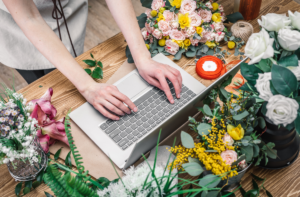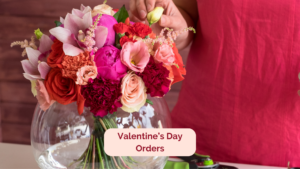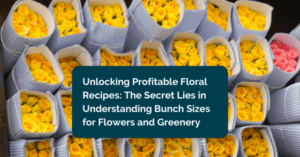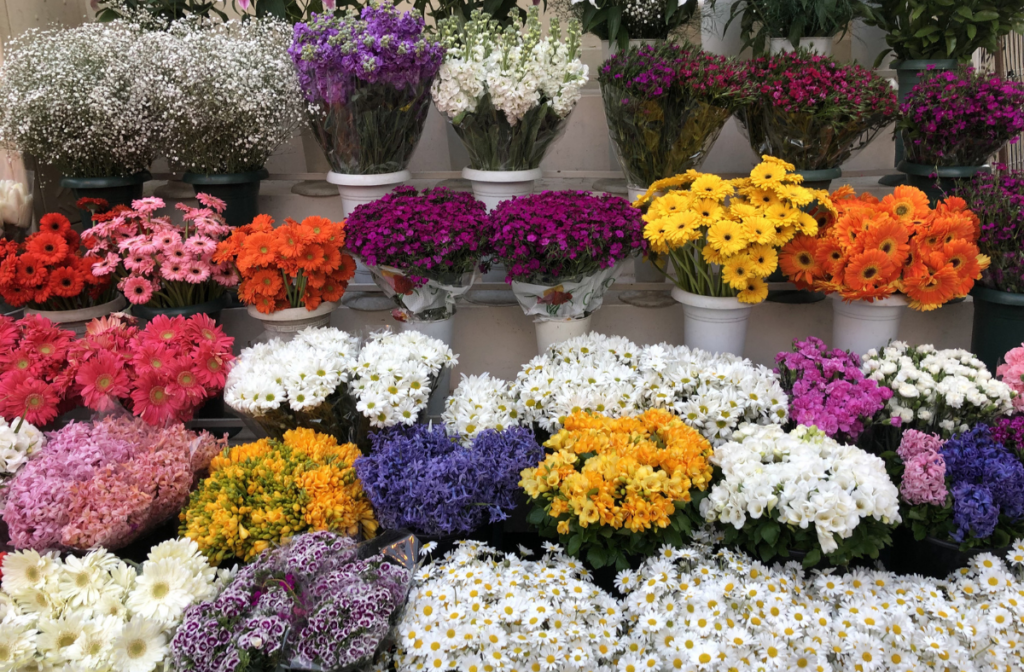
Floral Color Theory plays a crucial role in floral design. It can make or break your arrangement. Understanding floral color theory helps you create stunning and balanced designs. This blog will explore floral color theory and show how you can use it to improve your floral recipes and designs. Whether you’re a florist, an event florist, or a wedding planner, mastering these concepts will enhance your floral creations.
1. The Basics of Floral Color Theory
Floral color theory is the study of how colors interact in flower arrangements. To start, familiarize yourself with the color wheel. The color wheel divides colors into primary, secondary, and tertiary categories. Primary colors—red, blue, and yellow—serve as the basis for all other colors. Mixing primary colors produces secondary colors. Meanwhile, combining primary with secondary colors creates tertiary hues.
For instance, combining blue and yellow gives you green. This fundamental understanding helps in creating visually appealing floral designs. Additionally, knowing about color temperature—warm and cool colors—guides your choices in floral recipes.
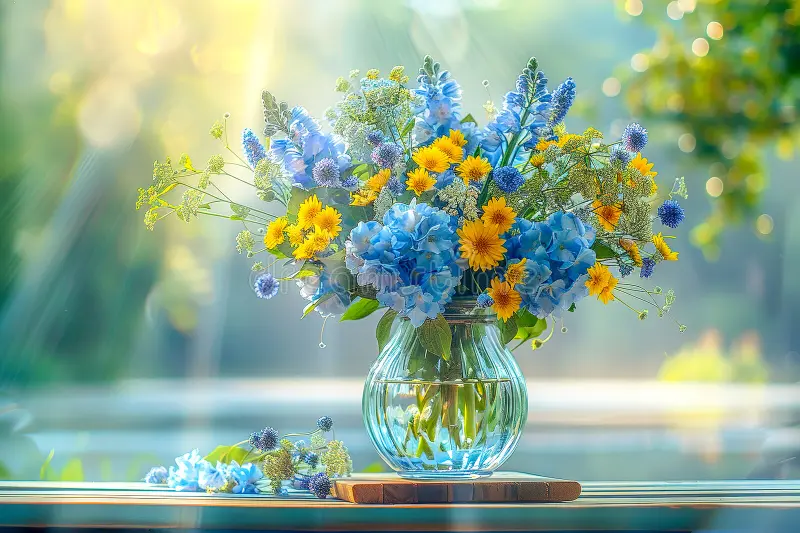
2. Complementary Color Schemes in Floral Designs
Complementary colors are opposite each other on the color wheel. Using these colors together creates a strong contrast. For example, red and green are complementary. When paired, they make each other more vibrant. Thus, this contrast can make your wedding bouquet or event arrangement stand out.
To use complementary colors effectively, balance them in your design. For instance, use one color as the primary hue and the complementary color as an accent. This approach adds depth without overwhelming the arrangement. Complementary colors work well for creating eye-catching and dynamic floral designs. (Flower Color Theory 101)
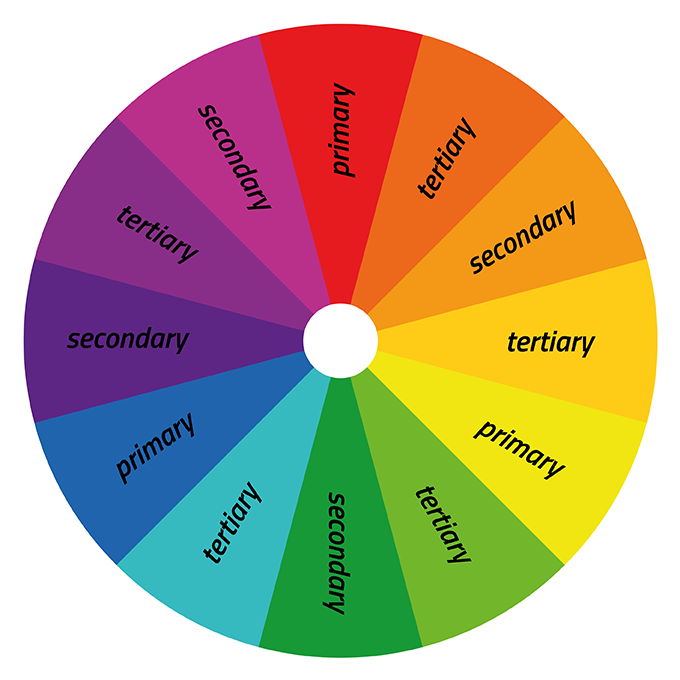
3. Analogous Color Schemes in Floral Arrangements
Analogous colors are next to each other on the color wheel. They create a harmonious and cohesive look. For instance, blue, blue-green, and green form an analogous color scheme. Using these colors together produces a soothing and seamless effect. Therefore, this scheme is perfect for designing serene and unified wedding bouquets or event centerpieces.
To apply an analogous color scheme, select one main color and incorporate adjacent hues as accents. This technique adds a pleasing gradient effect to your floral designs. Moreover, it ensures that your arrangements have a consistent and balanced appearance. (Flower Color Theory 101)
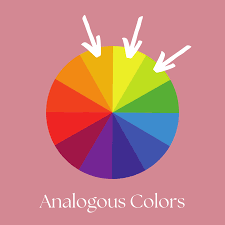
4. Triadic Color Schemes for Floral Designs
Triadic colors are evenly spaced around the color wheel, forming a triangle. This scheme includes three colors that offer balance and vibrancy. For example, red, yellow, and blue are triadic colors. Using triadic colors provides a lively and energetic effect in your floral arrangements. As a result, this scheme is ideal for creating dynamic and colorful wedding bouquets.
When implementing triadic colors, designate one color as the primary hue and use the others as accents. This balance prevents the design from becoming too chaotic or busy. Additionally, adjust the intensity of each color to achieve the desired visual impact. (Flower Color Theory 101)
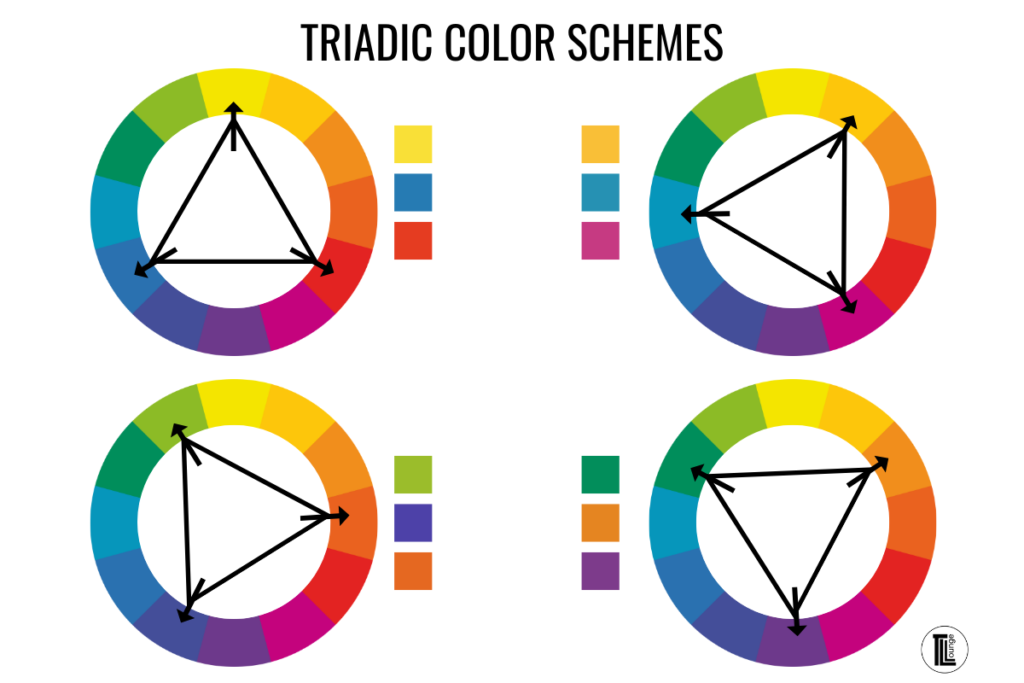
5. Monochromatic Color Schemes in Floral Arrangements
Monochromatic color schemes involve using different shades, tints, and tones of a single color. This approach creates a sophisticated and elegant look. For example, using various shades of blue in a floral design produces a monochromatic scheme. Consequently, monochromatic schemes offer a subtle and cohesive appearance. This technique is effective for creating understated and refined wedding bouquets or event floral arrangements.
To create a monochromatic design, choose a single color and explore its variations. Combine lighter and darker shades to add depth and interest. This method ensures that your arrangement remains cohesive and visually appealing. (Flower Color Theory 101)
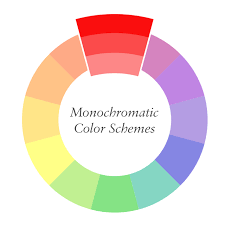
6. Warm vs. Cool Colors in Floral Design
Warm colors include red, orange, and yellow. They evoke feelings of warmth and energy. In contrast, warm colors are bold and attention-grabbing. Conversely, cool colors like blue, green, and purple create a calming and serene effect. Cool colors are often used to create tranquil and soothing floral arrangements.
When designing floral recipes, consider the mood you want to convey. Warm colors work well for vibrant and lively designs, while cool colors are suited for calming and relaxing arrangements. Nevertheless, mixing warm and cool colors can also create a balanced and visually appealing design. (Flower Color Theory 101)
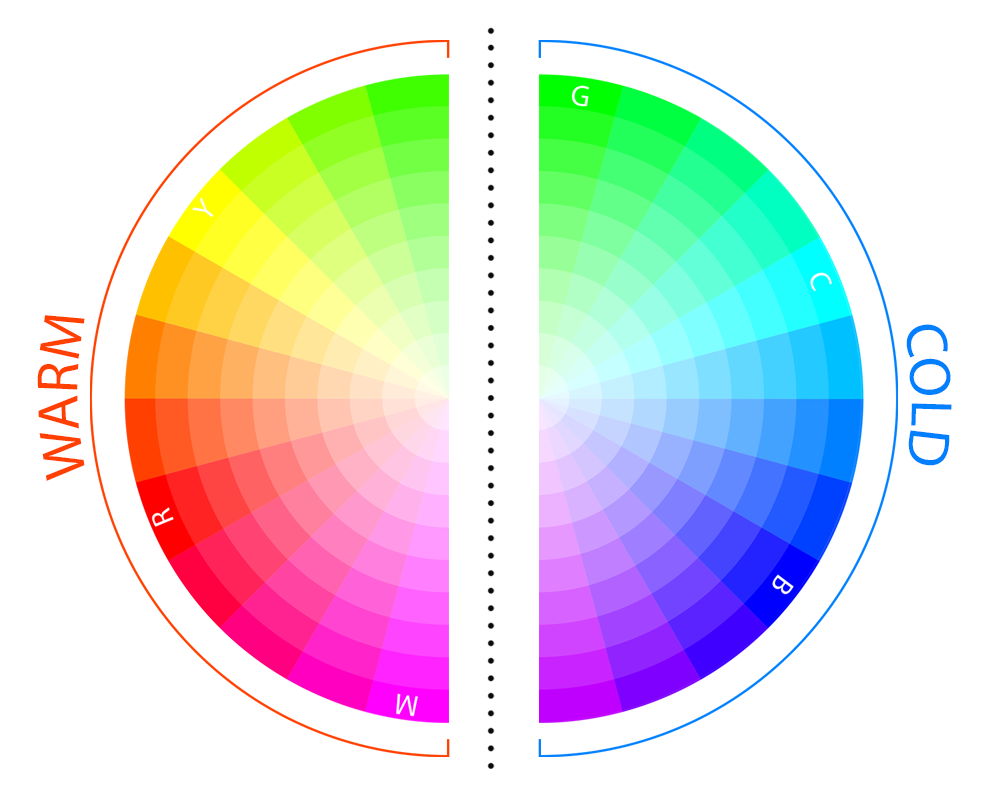
7. The Importance of Color Proportion in Floral Recipes
Color proportion is crucial in floral design. The way you distribute colors affects the overall look. Typically, a design includes a dominant color, a secondary color, and an accent color. This distribution adds visual interest and harmony.
For example, use the dominant color for most of the arrangement. Apply the secondary color to create contrast and depth. Finally, use the accent color sparingly to highlight specific areas. As a result, this balanced approach ensures that your floral design is cohesive and engaging. (Flower Color Theory 101)
8. Incorporating Texture and Shape with Color
Color is not the only element that impacts floral design. Texture and shape also play significant roles. Combining different textures and shapes with your color scheme adds dimension and interest. For instance, pairing smooth roses with spiky thistles creates a dynamic contrast.
Experiment with various textures and shapes to complement your color choices. This combination enhances your floral recipes and makes your arrangements more engaging. Moreover, it adds depth and complexity to your designs.
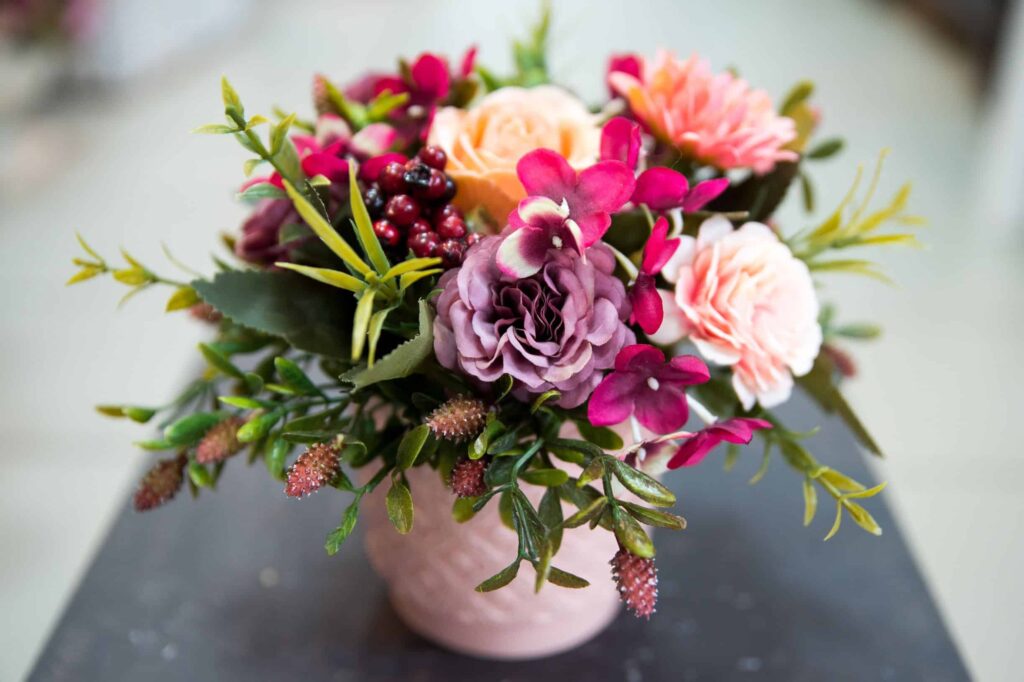
9. Using Color Psychology in Floral Design
Color psychology explores how colors influence emotions and perceptions. Understanding color psychology helps you choose colors that evoke the desired mood. For example, yellow is associated with happiness and energy, while blue signifies calmness and trust.
When creating floral arrangements, consider the emotional impact of colors. Use color psychology to guide your choices and achieve the desired effect. Consequently, this approach helps you create designs that resonate with your audience.
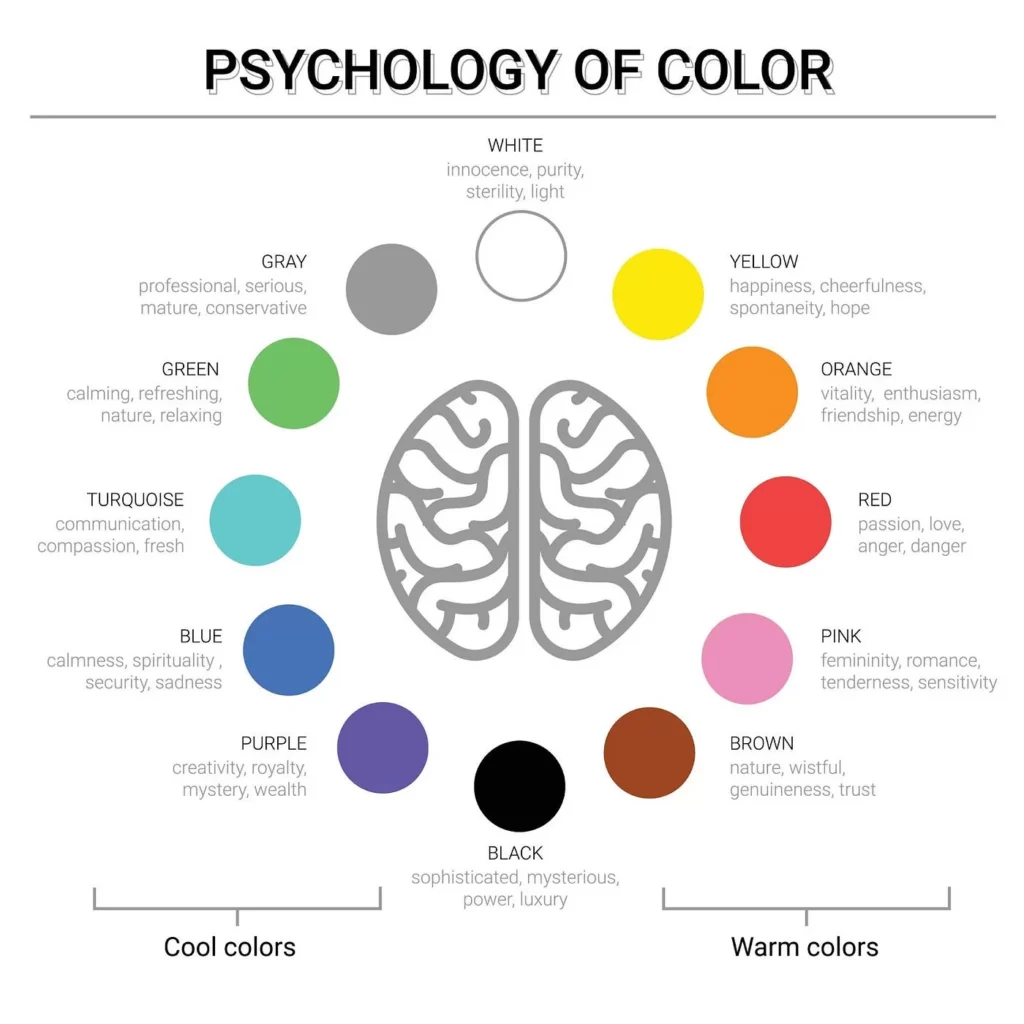
10. Designing Floral Arrangements for Different Occasions
Different occasions require different color schemes. For weddings, soft pastels and romantic hues are often preferred. For corporate events, neutral and sophisticated colors are more suitable. Therefore, understanding the context helps you select the most appropriate colors for each event.
Consider the purpose of the event and your client’s preferences. Tailor your color choices to match the occasion and create memorable floral arrangements. This customization ensures that your designs are fitting and impactful.
11. Experimenting with Color Combinations
Experimentation is key to discovering unique color combinations. Don’t hesitate to try unconventional pairings. Combining unexpected colors can lead to striking and innovative results. For example, pairing teal with gold creates a sophisticated contrast.
Test different combinations and observe their interactions. This experimentation expands your creative boundaries and helps you find exciting new color schemes. Ultimately, it leads to more distinctive and captivating floral designs.
12. Creating a Cohesive Color Palette
A well-defined color palette guides your design process. Select a few key colors and use them consistently throughout your arrangement. A cohesive palette ensures that all elements work together harmoniously. Therefore, you can create a palette based on the color wheel or draw inspiration from nature.
To create a color palette, choose colors that complement each other and achieve the desired effect. This approach maintains consistency and enhances the visual appeal of your floral designs. Moreover, it helps create a unified and professional look.
13. Balancing Color with Design Elements
Balancing color with other design elements is crucial for a successful arrangement. Ensure that color does not overpower texture, shape, and size. A well-balanced design considers all elements to create a cohesive result. Adjust the intensity and distribution of colors to complement other design components.
This balance enhances the overall look and ensures that every element contributes to the success of your design. In short, properly integrating color with other design elements leads to more aesthetically pleasing arrangements.
14. Maintaining Consistency in Your Floral Designs
Consistency is essential for a polished and professional look. Maintain a consistent color scheme across your arrangements to build a strong brand identity. This consistency helps clients recognize your work and fosters reliability. Develop a signature style or color palette that reflects your design aesthetic.
A consistent approach creates a cohesive and recognizable brand. It makes your floral designs stand out and enhances your reputation in the industry. Moreover, it helps attract and retain clients.
15. Learning from Other Floral Designers
Observing and learning from other floral designers provides valuable insights. Study the work of established designers to see how they use color. Analyze their color choices, combinations, and overall design approach. Additionally, incorporate the lessons learned into your own designs.
Continuous learning helps refine your skills and keeps you inspired. It enables you to stay updated with current trends and techniques in floral design. Ultimately, this knowledge helps you create better and more innovative floral arrangements.
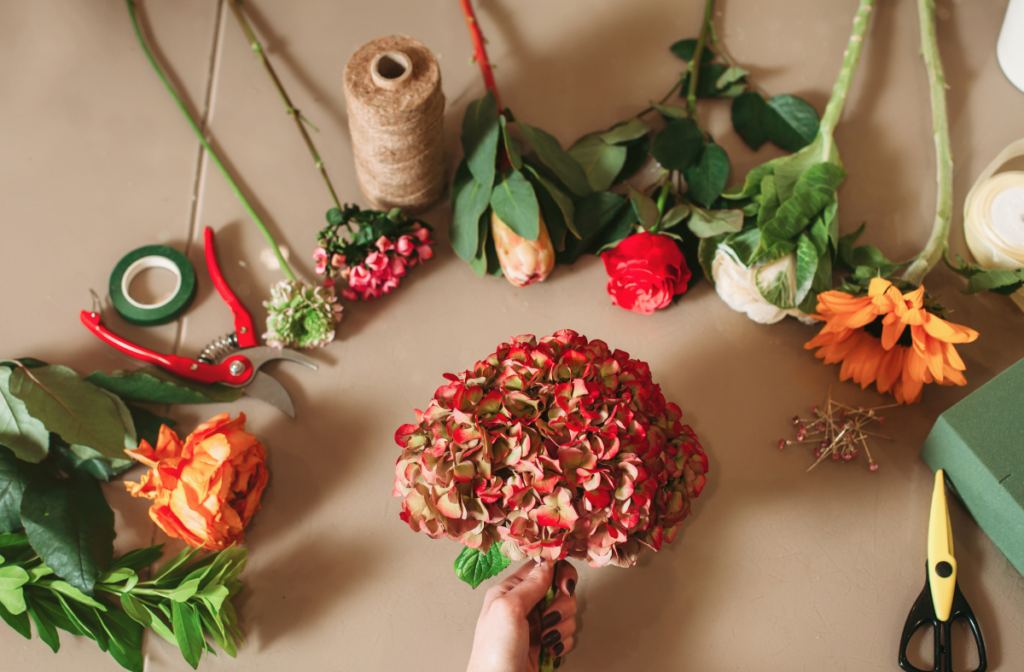
Understanding floral color theory is crucial for creating harmonious and eye-catching designs. By mastering the color wheel, exploring different color schemes, and considering color psychology, you can elevate your floral arrangements. Experiment with various combinations and maintain consistency to develop a unique and professional style. Embrace these principles to create stunning designs that captivate and delight your clients. Whether you are using floral software to streamline your process or designing a wedding bouquet, these tips will enhance your floral recipes and overall designs.

